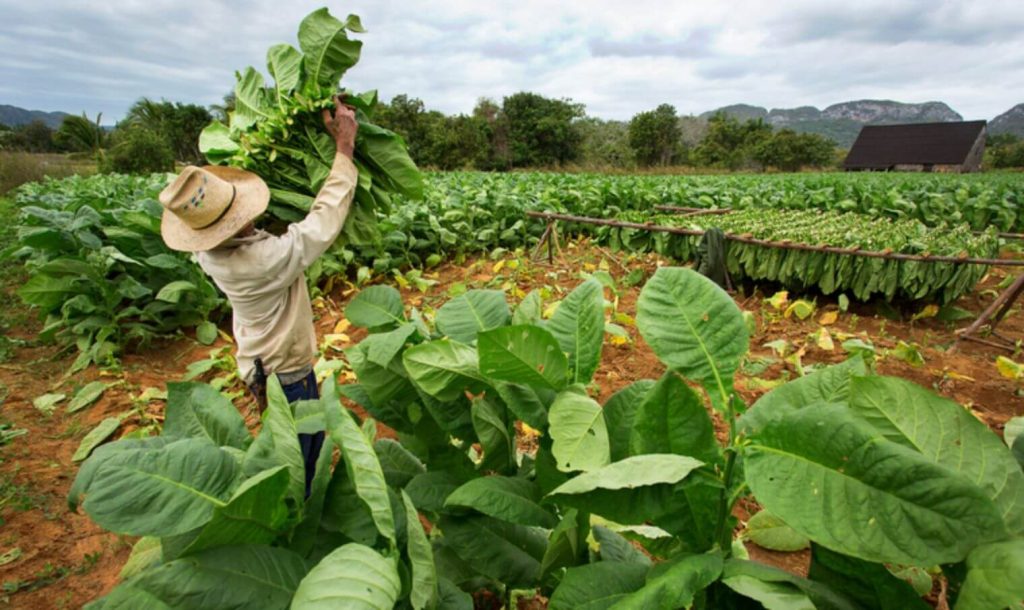Growing Tobacco in Indonesia

Indonesia’s tobacco cultivation industry is not just about farming; it’s a vibrant journey that intertwines culture, tradition, and commerce. This guide is your ticket to explore this fascinating world. Dive in and uncover the secrets that have made Indonesia a global leader in tobacco production. From the seedling stages to the bustling markets, you’ll learn about the unique techniques and traditions that make Indonesian tobacco stand out.
Introduction
Tobacco is one of the primary agricultural commodities in Indonesia. This article takes a deep dive into the intricacies and nuances of growing tobacco in the country. We’ll uncover how tobacco farming has evolved over centuries and what it looks like today.
The Dutch East India Company and Tobacco
The history of tobacco cultivation in Indonesia is deeply intertwined with the Dutch East India Company. The Dutch introduced tobacco farming in the 17th century, recognizing the country’s fertile lands as ideal for tobacco cultivation.
Post-Colonial Tobacco Industry
After the Dutch colonial period, Indonesia continued to grow as a tobacco-producing nation. The country honed its skills and expertise in tobacco cultivation, leading to a vibrant industry that thrives to this day.
Major Tobacco Growing Regions in Indonesia
Indonesia has several regions known for tobacco cultivation, including Central Java, East Java, and West Nusa Tenggara. Each region has its unique tobacco variety, contributing to the diverse array of Indonesian tobaccos.
Indonesia’s Position in the Global Tobacco Market
With its substantial tobacco production, Indonesia holds a strong position in the global tobacco market. The country’s unique tobacco varieties are sought after worldwide, bolstering its export industry.
Understanding the Tobacco Plant
Tobacco is a robust plant that thrives in Indonesia’s tropical climate. To grow tobacco successfully, it’s important to understand the plant’s needs and growth stages.
Planting
Tobacco planting in Indonesia begins with the onset of the rainy season. Tobacco seeds are sown in seedbeds and later transplanted to the fields.
Cultivating
During the cultivation stage, farmers provide the tobacco plants with essential nutrients and protect them from pests and diseases.
Harvesting
Harvesting is a labor-intensive process that requires careful handling of the tobacco leaves. Indonesian tobacco is typically harvested by hand to preserve the quality of the leaves.
Curing
After harvest, the tobacco leaves undergo a curing process to develop their flavors and prepare them for market.
Climate Change and Tobacco Farming
Climate change poses challenges for tobacco farming in Indonesia. However, innovative farming practices and resilient tobacco varieties are part of the solution.
The Role of Technology in Modern Tobacco Farming
Technology is transforming tobacco farming in Indonesia. From advanced irrigation systems to precision agriculture, technology is helping farmers optimize their tobacco yields.
Tobacco Farming and the Indonesian Economy
Tobacco farming plays a significant role in Indonesia’s economy. It provides livelihoods for millions of people and contributes to the country’s export earnings.
The Social Aspect of Tobacco Farming in Indonesia
Tobacco farming is not just an economic activity in Indonesia; it’s a way of life for many rural communities. It shapes social structures and contributes to local traditions.
Technological Advancements and Sustainable Practices
The future of tobacco cultivation in Indonesia lies in embracing technological advancements and sustainable practices. These will help the industry remain viable in the face of changing global trends and challenges.
Policy and Regulatory Changes
Policy and regulatory changes will also shape the future of tobacco cultivation in Indonesia. A balanced approach that supports farmers while addressing public health concerns is key.
Conclusion
Tobacco cultivation in Indonesia is a complex, multifaceted industry with deep historical roots and significant contemporary relevance. As we navigate the 21st century,it will continue to adapt and evolve in response to economic, environmental, and societal challenges and opportunities.
- Indonesia is one of the top consumers of tobacco products in the world. As of 2020, it was ranked 4th in terms of the number of smokers.
- The tobacco industry contributes significantly to the Indonesian economy. In 2021, the GDP from the manufacture of tobacco products in Indonesia was 135.15 trillion Indonesian Rupiah.
- Regarding the production of tobacco, both large estates and smallholder estates play a part. There are statistics available for the production volume and the total planted area for both types of estates from 2017 to 2021. However, due to the limitations of the tool I used, I wasn’t able to view the exact numbers.
- In terms of legislation and regulation, the Indonesian government passed a law in 2020 to dissolve the Indonesian Tobacco Society (Masyarakat Tembakau Indonesia), an organization that oversaw the tobacco industry. The law also established the Indonesian Tobacco Regulatory Agency (Badan Regulasi Tembakau Indonesia) which is now in charge of regulating the tobacco industry in the country.
- Concerning the health impact, smoking is associated with various health risks, and the prevalence of smoking in Indonesia is linked to high rates of diseases such as lung cancer and chronic obstructive pulmonary disease (COPD).